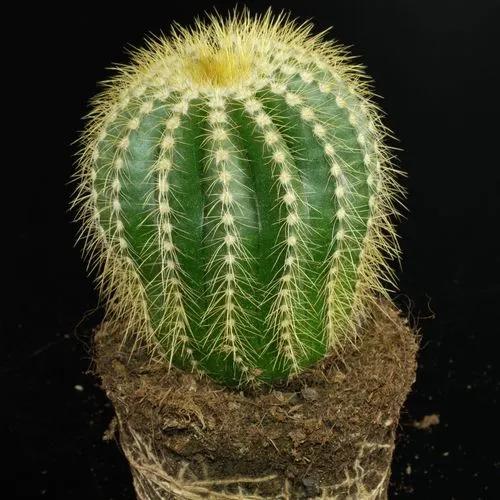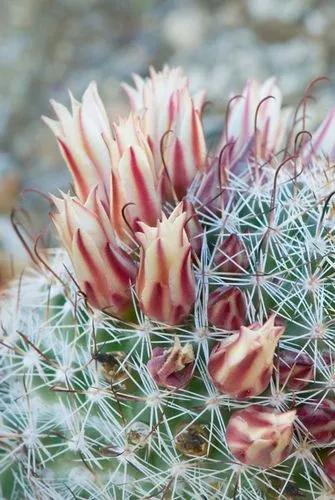The Curly Locks Orchid Cactus (Epiphyllum guatemalense monstrosa) is a uniquely beautiful plant. It is an epiphytic (grows on another plant but not parasitic) rainforest cactus native to Central America and specifically Guatemala. Unlike its name suggests, there is no relation to orchids. They are related to Christmas Cactus though. This plant doesn’t have leaves but rather flat curly and curved stems that are bright green. It can bloom in the right conditions and produces 3 inch wide flowers. It is slow growing and can reach 2-3 feet high and wide and is perfect as a hanging plant.
Curly Locks Cactus Care
Epiphyllum guatemalense monstrose



What is the plant
How to Care for the Plant

Water

Water when the top 1-2 inches of soil is dry. Water slowly and evenly; discard excess. Keep it evenly moist but not wet.

Fertilizer

Use a 10-10-10 fertilizer diluted weekly during the growing season. In February, feed the plant with a 2-10-10 to promote blooming.

Sunlight

Medium to bright indirect light; some morning sun is good.
Ease your plant care routine with PlantIn's personalized system.

Soil

Loose fast draining but also holds moisture.

Additional

Mildly toxic to cats, dogs and people.

Popularity

153 people already have this plant 35 people have added this plant to their wishlists
What's wrong with your plant?
Related Plants
Discover more plants with the list below
Popular articles






